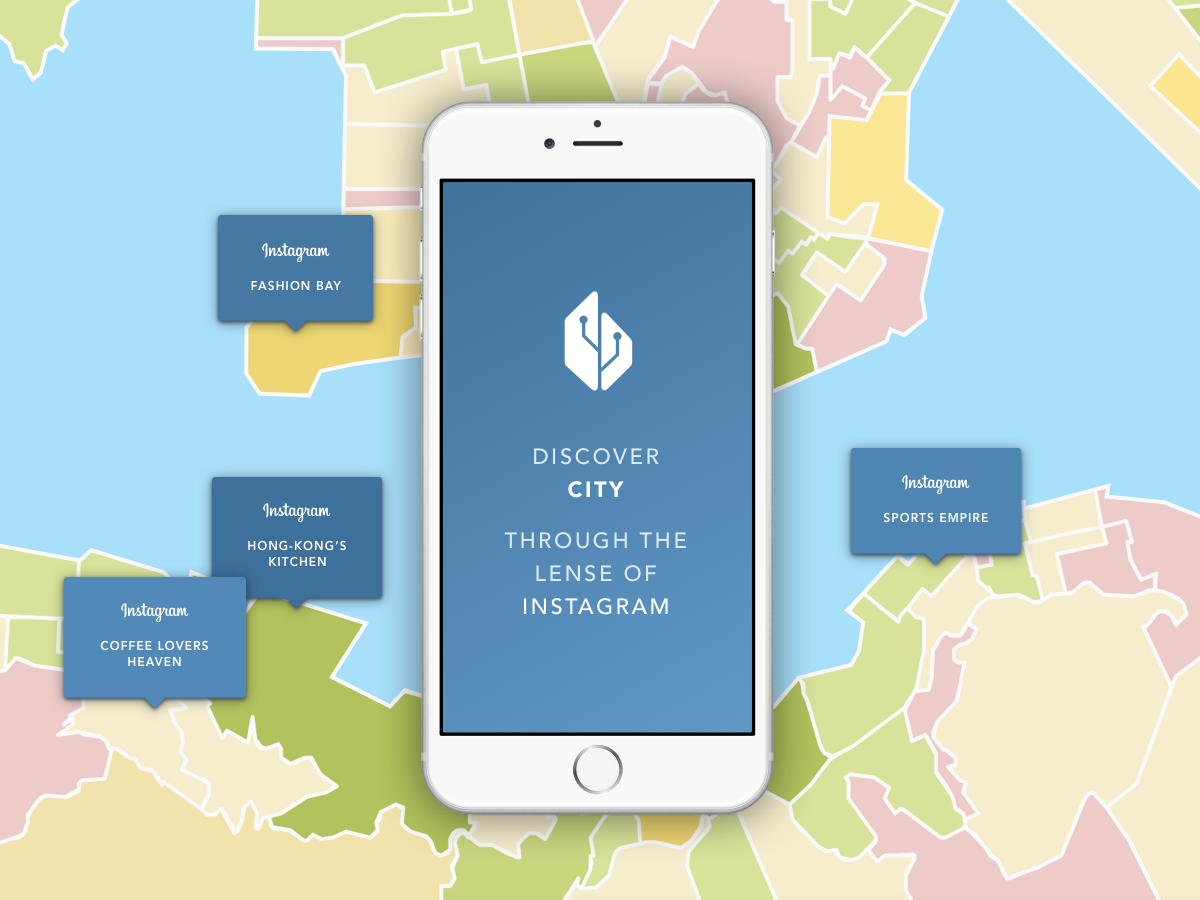Number of companies that are collecting and analyzing customer data is constantly evolving. Simultaneously, enterprise marketers have grown into a large group of big data users performing their everyday tasks and advancing consumer communication through a variety of personalization, targeting and optimization services, while following the guidelines of data-driven marketing. Being passionate about Big Data and Data Science, we couldn’t omit Forbes Insights Report “Data driven and customer centric: marketers turning insights into impact”. So here we prepared a short summary of the report for our readers.
Foreword
The survey reached 162 U.S.-based senior executives from companies with at least $250 million in annual revenues. This report uncovers how marketers are both leveraging data for customer-centric marketing activities and addressing the impact of this new paradigm on business processes and marketing strategy.
Current State: Where brands stand on data and where they’re heading
“64% of survey respondents “strongly agree” that data-driven marketing is crucial to success in a hyper-competitive global economy”
The modern marketers are embracing data-centric tools to make the most of their customer data. In fact, a whopping 64% of survey respondents “strongly agree” that data-driven marketing is crucial to success in a hyper-competitive global economy. But data stemming from disparate providers, disconnected systems, varying internal teams, incongruous accountabilities can prevent marketers from reaching the right consumers, at the right time, with a relevant and consistent message. Fortunately, a growing number of marketing leaders are rethinking the way they interact with their customers and build data-driven marketing campaigns.
The tools brands are using to engage target audiences are also reaching new levels of sophistication, enabling marketers to gain more intelligence in order to make customers a top priority. Brand intelligence solutions, customer relationship management systems, consumer intelligence technologies, data management platforms—they are all enabling organizations to better manage their volumes of data and better understand customers through their behaviors. As a result, brands are better able to reach customers at a precise point in the customer journey with timely and relevant messaging.
“marketers are looking to take their capabilities to new heights by becoming more audience-centric with personalized and real-time messaging”
As data-centric tools become more sophisticated and brands become more appreciative of data’s value, a number of key changes are taking place. For years, the initial promise of data-driven marketing was to drive higher levels of customer engagement and achieve market growth. While those objectives are still important, marketers are looking to take these capabilities to new heights by becoming more audience-centric with personalized and real-time messaging.
There are many new ways brands are gathering insight from their data. Whereas companies once counted on business leaders to dictate the use of data, data is now helping to dictate critical business practices. The importance of aligning data analytics with key business objectives is evident in the responses of survey participants.
Impact: Data as a catalyst for the modern-day marketing organization
Today’s consumers are more informed and connected than ever before. This immediately raises the stakes for marketers. No longer can they rely on the straight-and-narrow customer journey to reach their target audience. Rather, successful brands connect with consumers at the precise moment they’re about to make a purchasing decision.
But there are plenty of challenges brands must overcome in order to effectively communicate with their customers:
- complex technologies;
- ensuring the successful flow of information between internal departments is the biggest challenge of developing data-driven marketing initiatives;
- complex technical solutions as an obstacle – data are siloed among disparate vendors, scattered systems, inconsistent messaging to consumers and time consuming aggregate metrics are also considerable challenges.
The good news is there are plenty of opportunities to be had by facing these challenges head on. Breaking down data and technology silos, creating a customer centric approach for a better experience, ensuring consistency across the buying journey, preparing teams for success, establishing a clear roadmap—they are all ways companies are creating more audience centric marketing initiatives.
The first step to tapping into the opportunities of data-driven marketing involves minimizing technical complexities, e.g. creating an environment that supports greater data integration. Next, companies must create a roadmap that will help them make better use of data for marketing purposes. And third, setting a data-driven marketing strategy is most likely to have a positive impact on marketing programs.
With data fully integrated, and a roadmap in place, brands are reaping never-before-seen benefits from their marketing initiatives.
Strategies: Transforming chaos into clarity
Best practices: Embracing the newfound power of data takes more than innovative technologies. Rather, advanced organizations establish best practices to glean greater value from their data. While approaches may vary, there is a number of key strategies that are emerging among today’s most successful marketers.
“Because companies know that customers connect with the company across multiple platforms, they focus on creating targeted campaigns that use consistent and relevant messaging that reflects a customer’s buying journey”
Today’s customer journey traverses multiple touch points, from a consumer’s smartphone to a company’s corporate website. Because companies know that customers connect with the company across multiple platforms, they focus on creating “sessions” around each touchpoint — targeted campaigns that use consistent and relevant messaging that reflects a customer’s buying journey. By knowing which products a customer is viewing on a smartphone, and aggregating this information with a customer’s favorite TV show or preferred mobile phone app, companies can deliver personalized messages that promote the right products, on the right channel.
Other way is investing internally in employee training. After all, providing decision makers at all levels with proper training and support can help them master the power of data to better reach their markets. However, not all data-analytics skills can be taught via coursework. Yet nearly half of respondents cite finding the right talent as an obstacle to translating data insights into business opportunities. That’s because many data scientists are unable to turn their sophisticated algorithms into compelling stories about a company’s customers. Conversely, many marketers are painfully ill-equipped to understand the data that’s shaping their campaigns.
Nationwide is an example of a company that has designed a unique organizational structure around data-driven marketing. On one hand, a data analytics group builds cloud computing environments and data warehouses in order to properly centralize data. On the other hand, a customer analytics group, which sits within the marketing department, works on creating new models, managing marketing spendings and optimizing data processes.
Another way marketing leaders are fostering a data-centric culture is by encouraging greater collaboration among key decision makers. 72% of respondents describe the role of CEO as a key driver or decision maker in the development of a data-driven marketing strategy. 30% of respondents cite a chief marketer, and 48% of respondents consider the role of chief analytics officer to be that of a key driver/decision maker.
Future: Where do we go from here?
“As organizations increasingly recognize the relevance of data-driven marketing, they are investing more heavily in the necessary tools, talent and technologies.”
As organizations increasingly recognize the relevance of data-driven marketing, they are investing more heavily in the necessary tools, talent and technologies. Consider this: 25% of respondents invested between $25 million and $50 million in data analytics over the past two years. However, nearly the same number – 23% – expect to invest between $50 million and $100 million over the next two years. These funds will be channeled for the deployment of new data-driven technology, and in particular of programmatic ad buying.
Personalization will also play a greater role in helping marketers reach customers as the chaos grows. By being able to anticipate a customer’s query via analytics, a company can respond faster to queries and with greater consideration for who they are as an individual and what channels they’ve already been through.
Recommendations
The customer journey is dramatically changing. No longer do consumers move along a straight and simple continuum. Rather, multiple device use and new channels such as social media are making it harder than ever for marketers to pinpoint where customers are in their journey.
Luckily, there are a number of steps savvy marketers can take to stay one step ahead:
- Reach customers with messages that matter.
- Be audience-centric in your marketing initiatives.
- Master your digital marketing world with lightning-fast responses to your data.
- Remember it’s talent—not tools—that has the greatest impact on data-driven marketing.
Data-driven marketing campaigns aren’t just supposed to engage customers and drive sales. If executed properly, they can change important business practices so that data insights will have lasting results.

